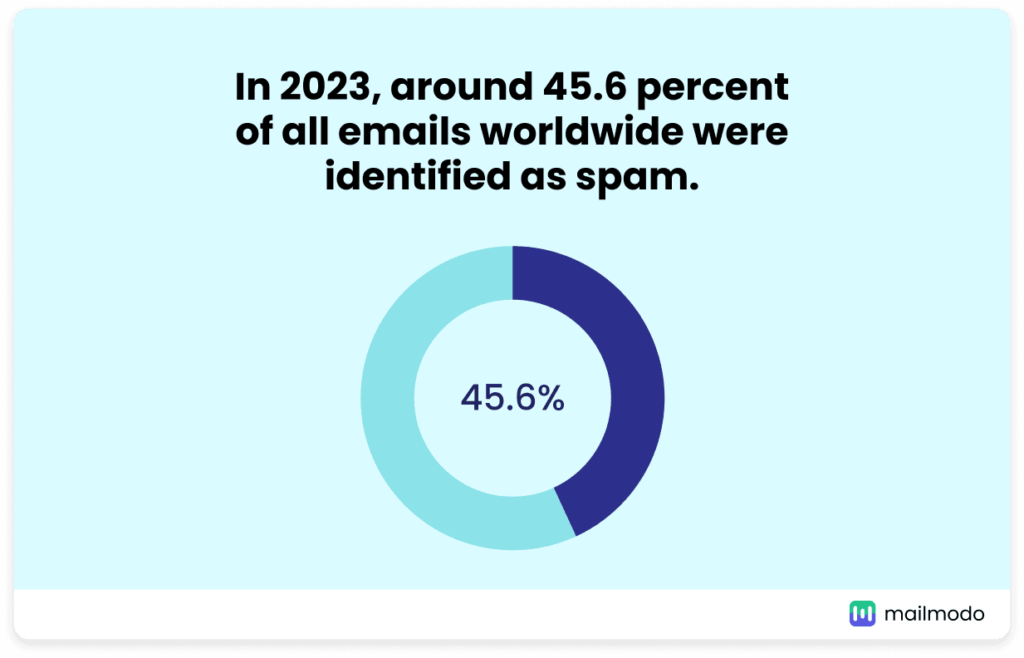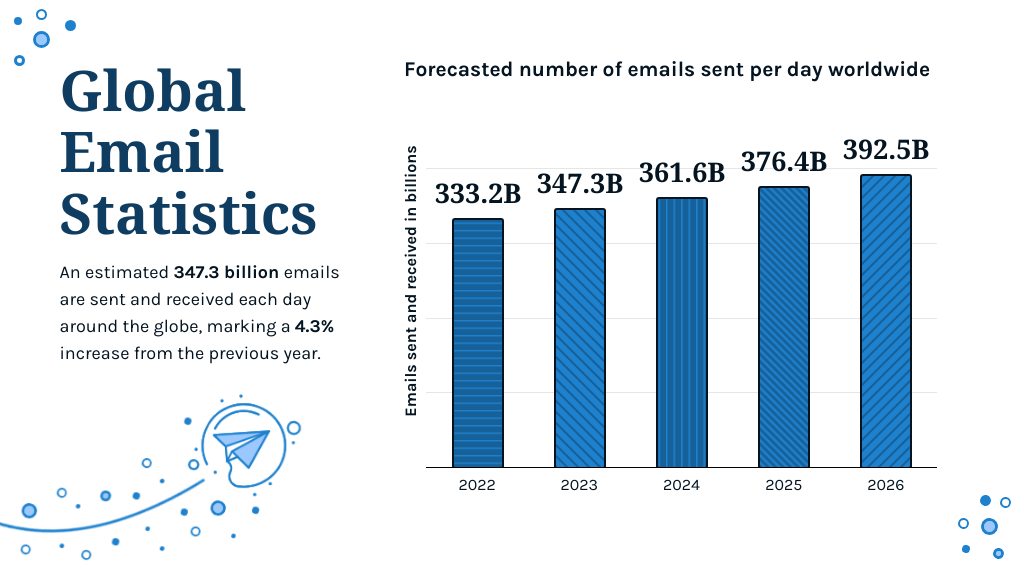Alright, for anyone who’s read about why I started Skail, this might sound like a familiar rant, so buckle up I am stepping back on my soap box.
Lately, I keep hearing people say, “Email is dead!” And here’s the kicker—they’re the same people who are paying companies to crank out tens of thousands of emails a month. It’s like someone saying, “Fast food is bad for you,” while ordering their fifth cheeseburger of the week.
Email isn’t dead, folks—but some of these sales strategies? Yeah, they’re definitely doing their best to murder it.

Let me break it down. I’m sure we’ve all encountered the person who scrolls through a massive prospecting list and says, “I need more leads.” Look, if you’ve blasted through 25,000 contacts and no one writes back, something’s wrong. Maybe you’re targeting the wrong people, maybe there’s no demand for what you’re selling, or—and this is the real kicker—you’re sending out emails that are so bad they’re heading straight to the spam folder, never to be seen again.
I’ve met these people. Heck, I’ve managed these people. And I get it—it’s easy to fall into the “more is more” mindset. After all, sales is a numbers game, right? But here’s the thing: It’s not just about how many people you’re reaching out to. If you’re only looking at the sheer number of contacts, then sure, the answer is always “more.” But if you’re looking at things like reply rates or meetings booked per thousand emails? Now we’re getting somewhere. That’s where the real magic happens. Instead of throwing spaghetti at the wall and hoping something sticks, you’re actually optimizing your approach. And trust me, that’s way better.
Why Don’t People Focus on This?
Simple. Time. Or more accurately, the lack of it. Researching every contact and writing a personalized email takes time—like, 10-15 minutes per contact, minimum. You need to know about their business, their goals, heck, maybe even their favorite football team (because bonding over a mutual hatred of the Cowboys is a thing, right?). And then, after all that research, you’ve got to spend another 10 minutes crafting the perfect email.
Before AI, there was a middle ground—segmentation. You’d break your list into smaller, more specific groups, like people in the same industry, using the same software, or facing the same challenges. Then you’d send emails tailored to those groups. It’s not quite as personalized as a one-on-one email, but it’s better than blasting out the same generic message to thousands of people. But here’s the downside: It still takes a lot of work. You have to write a new email for each segment, add in some unique details to make it seem personal, and then go through the process of creating the list itself. And let’s face it, most people just don’t want to put in that kind of effort.
So, what do they do instead? They take the easy way out. They skip the research, send a generic email to 25,000 people, and then wonder why their response rate is lower than my motivation to go to workout on a Monday. And that’s how we’ve ended up here—people clogging inboxes with spam and then blaming email for the fact that no one’s responding.

This is Where Skail Steps In
Now, this is where Skail is not like other AI personalized email solutions. We help you craft emails that actually sound like you. We’re not talking about some generic template that could’ve been written by a robot (even though, ironically, it was.. but we call them closes because it sounds cooler). No, we’re talking about emails that mimic your style, your tone, and your personality. So when your prospect opens it, they think, “Wow, this person really took the time to write this.” (Little do they know, you didn’t spend 30 minutes sweating over every word.)
And if you’ve checked out our pricing page, you’ll notice something: We limit the number of emails you can send on our standard plans. Why? Because we’re serious about stopping the spam. We believe in building real, personal relationships through email—not spamming everyone within a 50-mile radius of your target audience. Quality over quantity, people.
The Real Problem Isn’t Email—It’s How We’re Using It
Here’s the truth: Email isn’t dead. Bad email is. And the people who are out there flooding inboxes with half-baked, one-size-fits-all messages? They’re the ones responsible for this whole “email is dead” myth. The problem isn’t the platform—it’s how people are using it.
So, next time someone tells you email is dead, just smile and nod, knowing full well that they’re probably sending emails that are doing more harm than good. Meanwhile, you’ll be out there with Skail, sending thoughtful, personalized emails that actually get results.
Because at the end of the day, it’s not about how many emails you send—it’s about how you send them and of course the reaction of those who receive them. And that, my friends, is the real key to email success.



